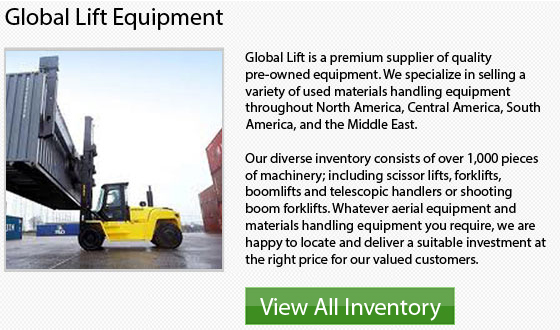
Disadvantages of Utilizing Scissor Lifts
A scissor lift is a specific type of mobile scaffolding. This wheel-mounted machine provides power to a work platform which moves down and up. The lift can be powered by propane, electricity, diesel or gas. Scissor lifts are characterized by a variety of scissor-like joints that raise the equipment by expanding and collapsing. Many safety features are built into scissor lifts these days, particularly the newer models. Like with any safety features, they may not be able to guarantee safety and several features could sometimes malfunction or they can be manually overridden by operators.
Inadvertent Elevation
Construction workers commonly utilize scissor lifts to work at higher heights. Workers can hoist the work platform to just beneath the ceiling level. The problem with accidental elevation could occur if the workers bump into the elevation controls accidentally while working. In the ceiling scenario, the controls could be accidentally activated and the platform could rise up and inadvertently crush them into the ceiling.
Electrocution
Employees have to be very cautious, making sure they are completely aware of their environment. This would ensure they don't inadvertently electrocute themselves. If, for instance, the operator makes direct contact with or accidentally touches an electrical conductor or an induction field, tragic consequences could take place.
Lateral Loads
It is important to know the loading restrictions while utilizing the scissor lift. These restrictions would be labelled in the scissor lift handbook. Mis-loading the platform could result in really serious consequences. A lateral-load is one of the potential issues which can take place if the whole lift overturns. This situation occurs when a heavy material or tool such as a concrete slab which hangs over the side of a scissor lift platform, causing the entire machinery to become unbalanced immediately and greatly prone to dangerously tipping over.